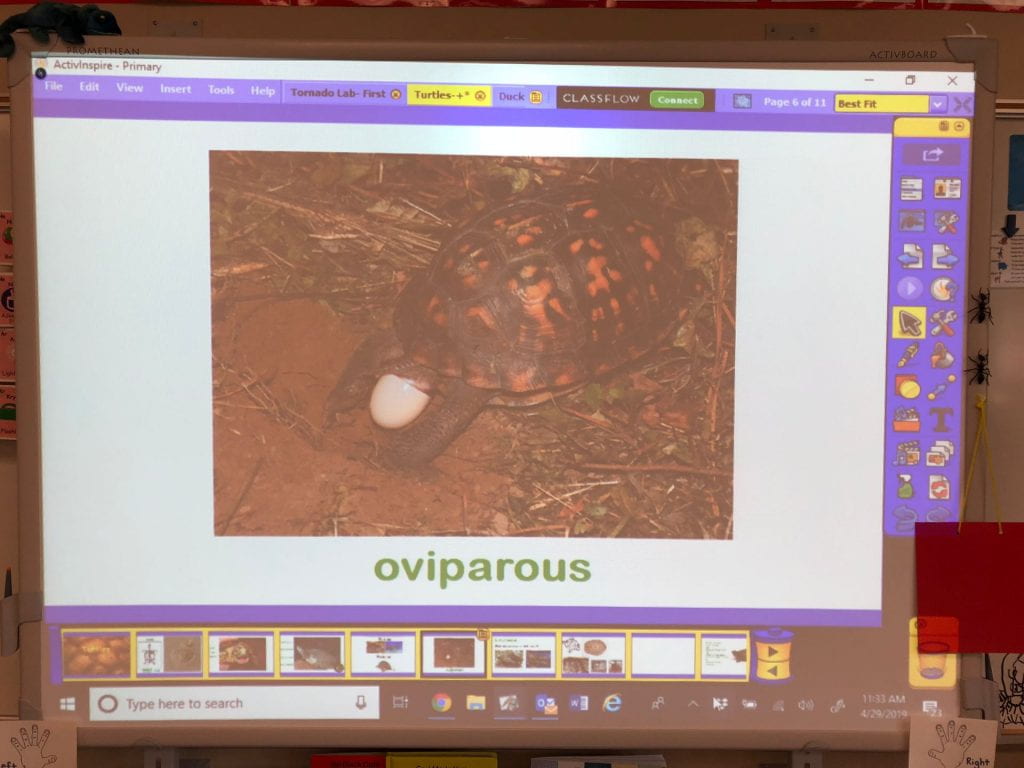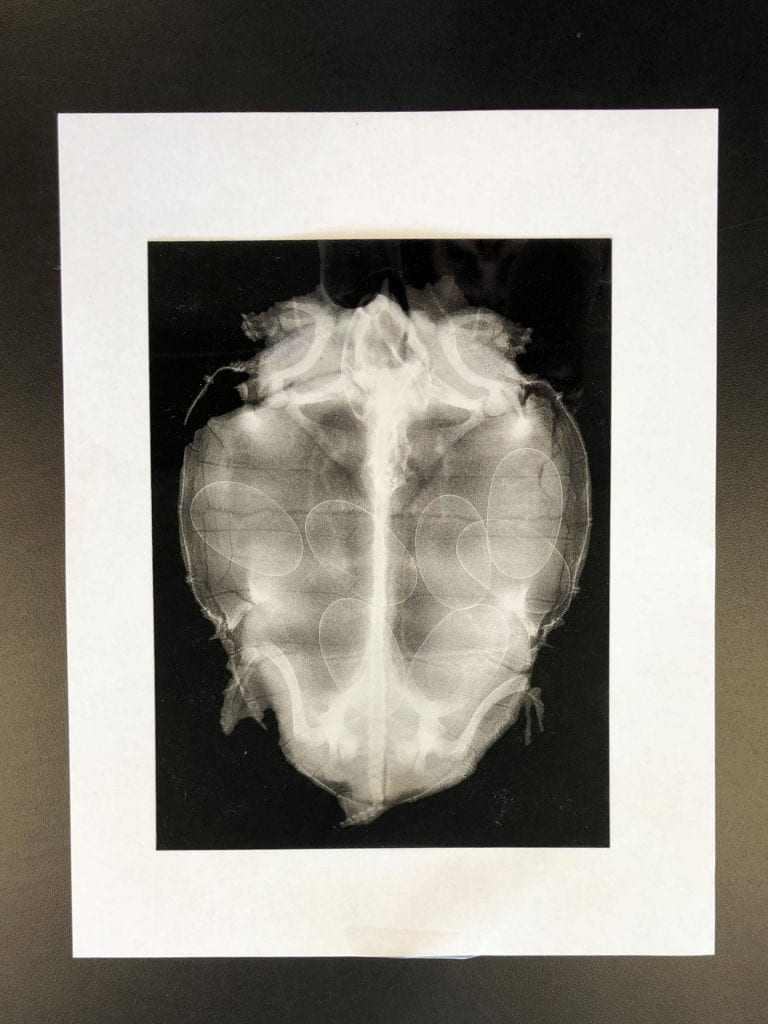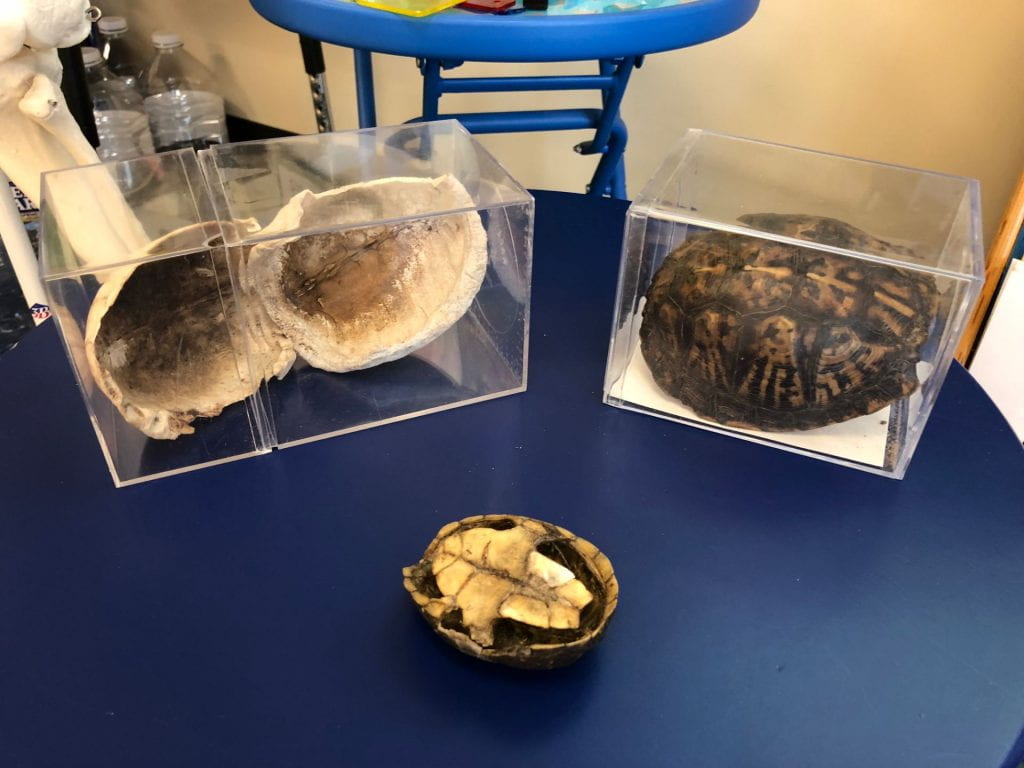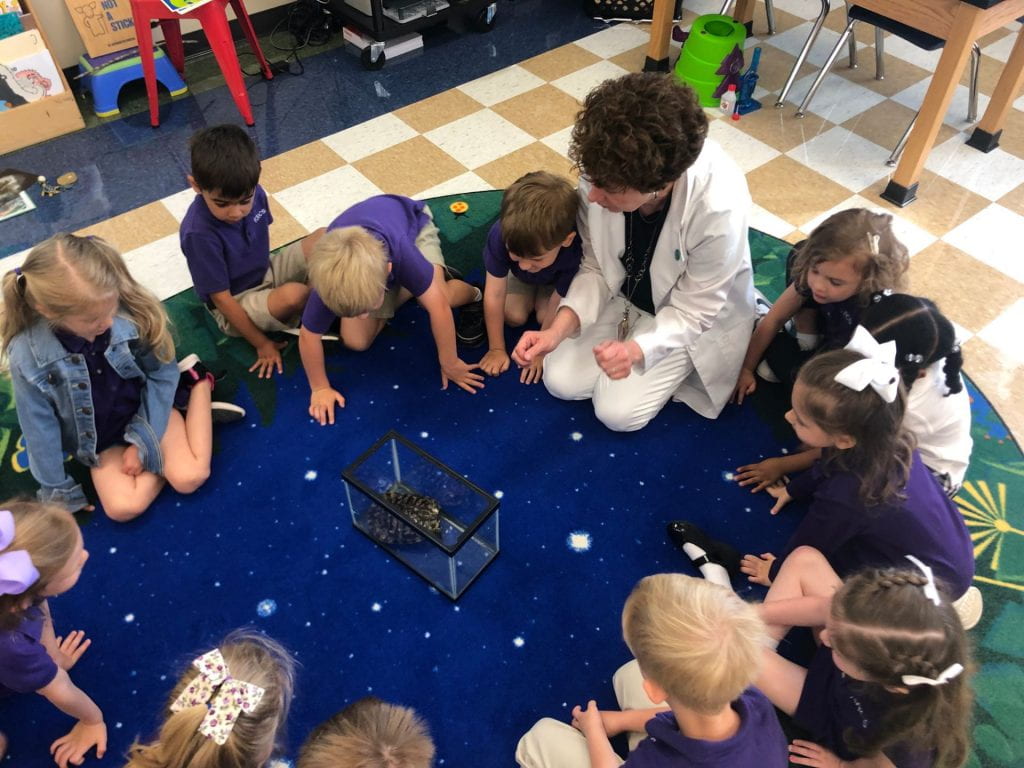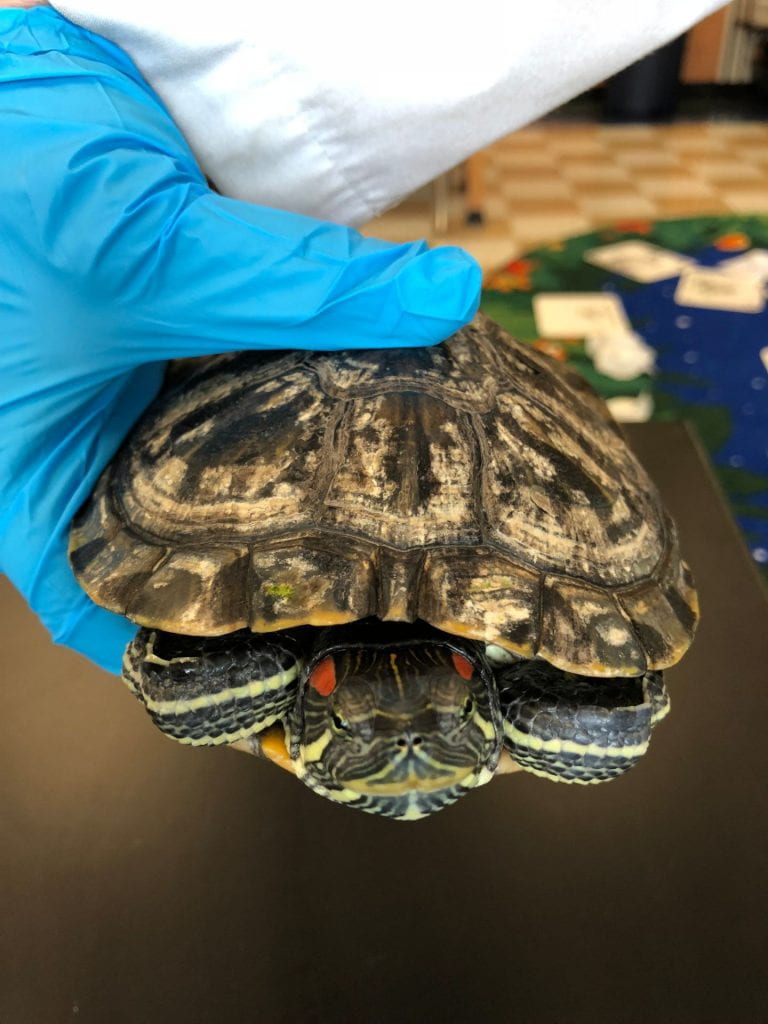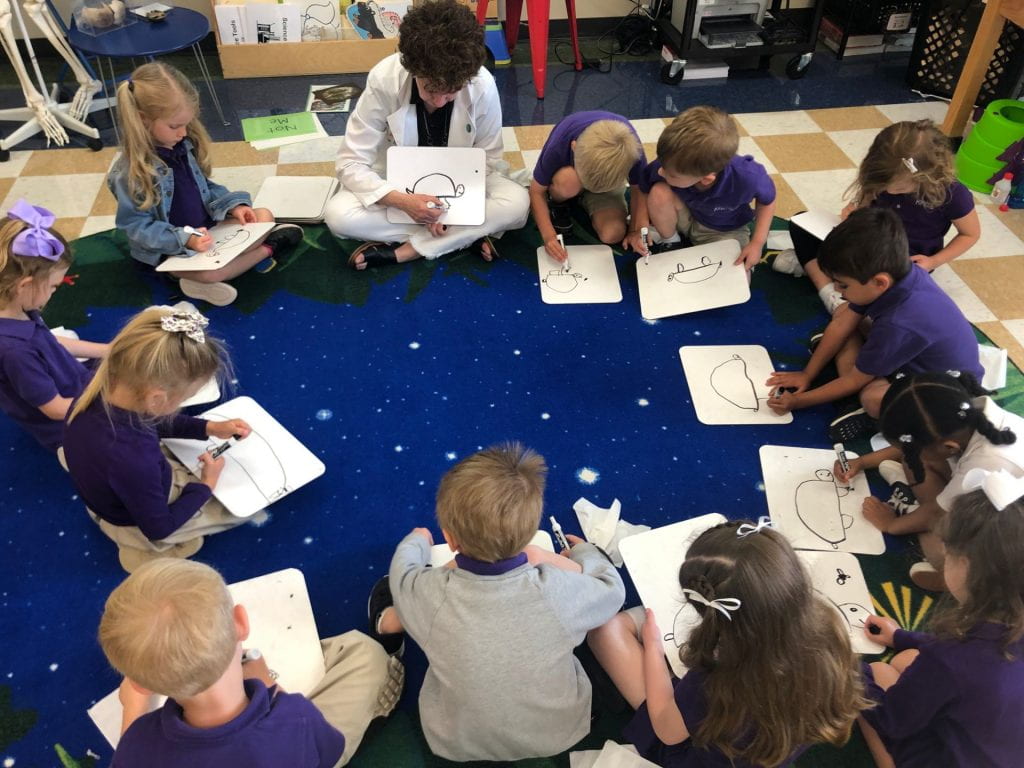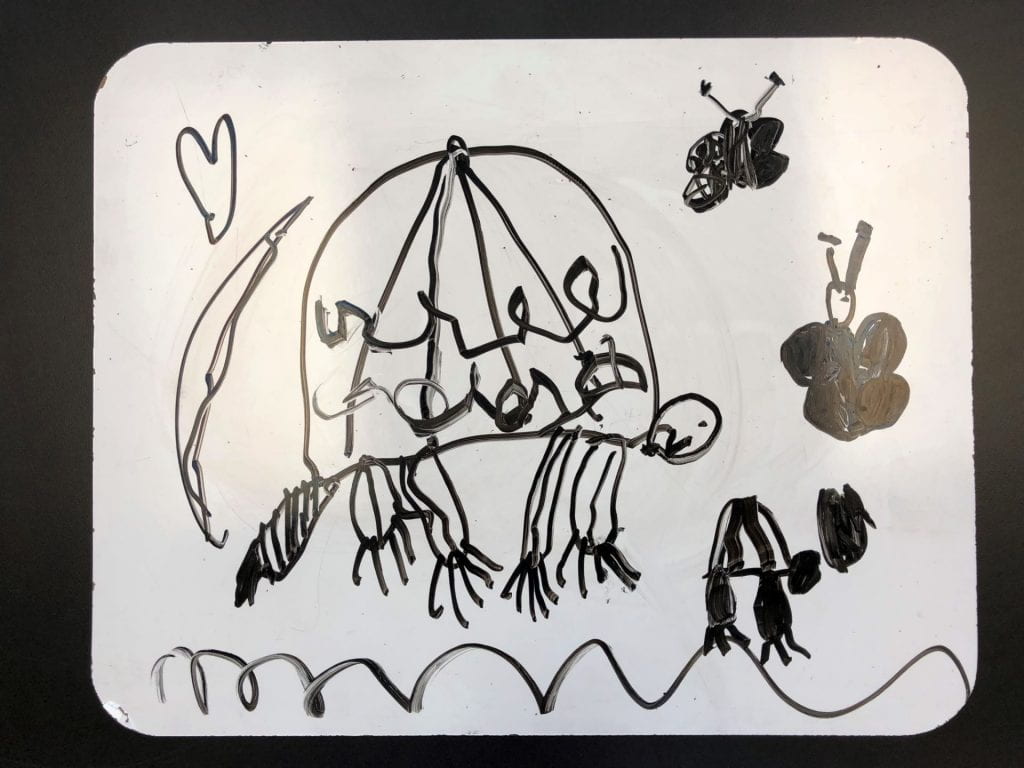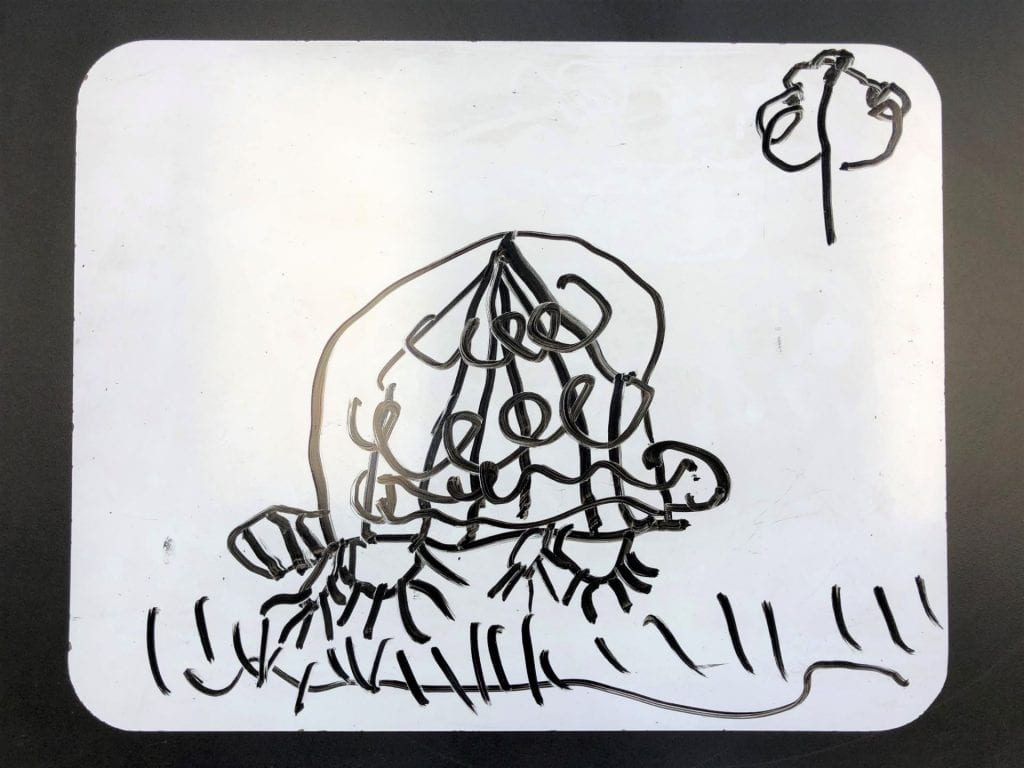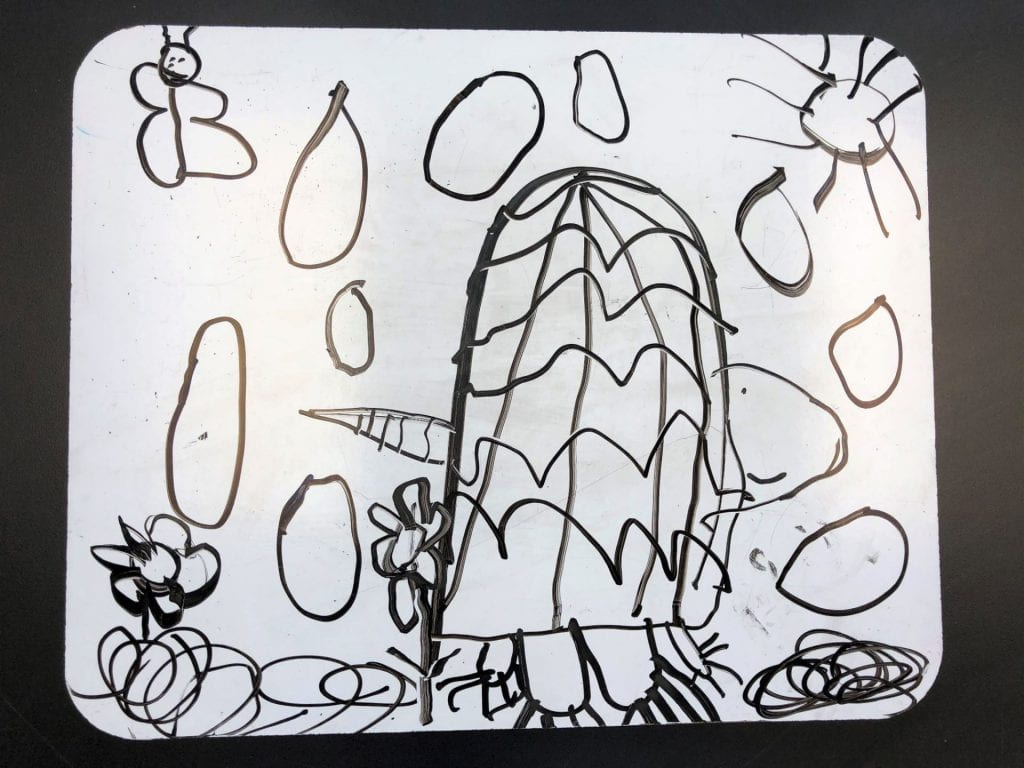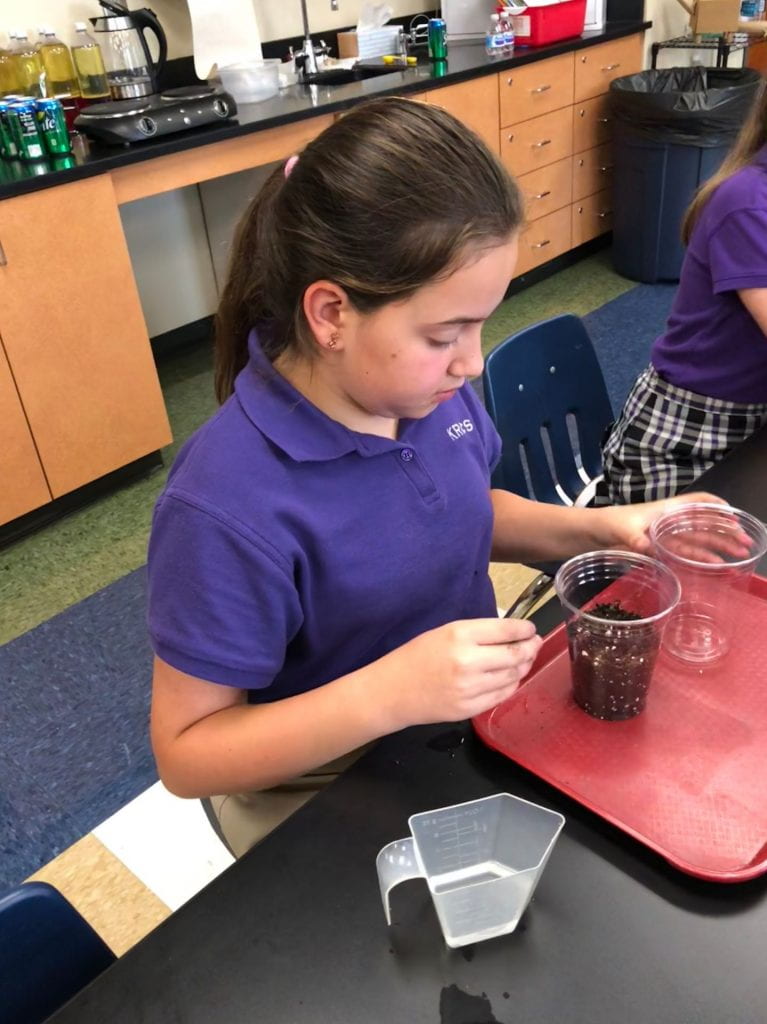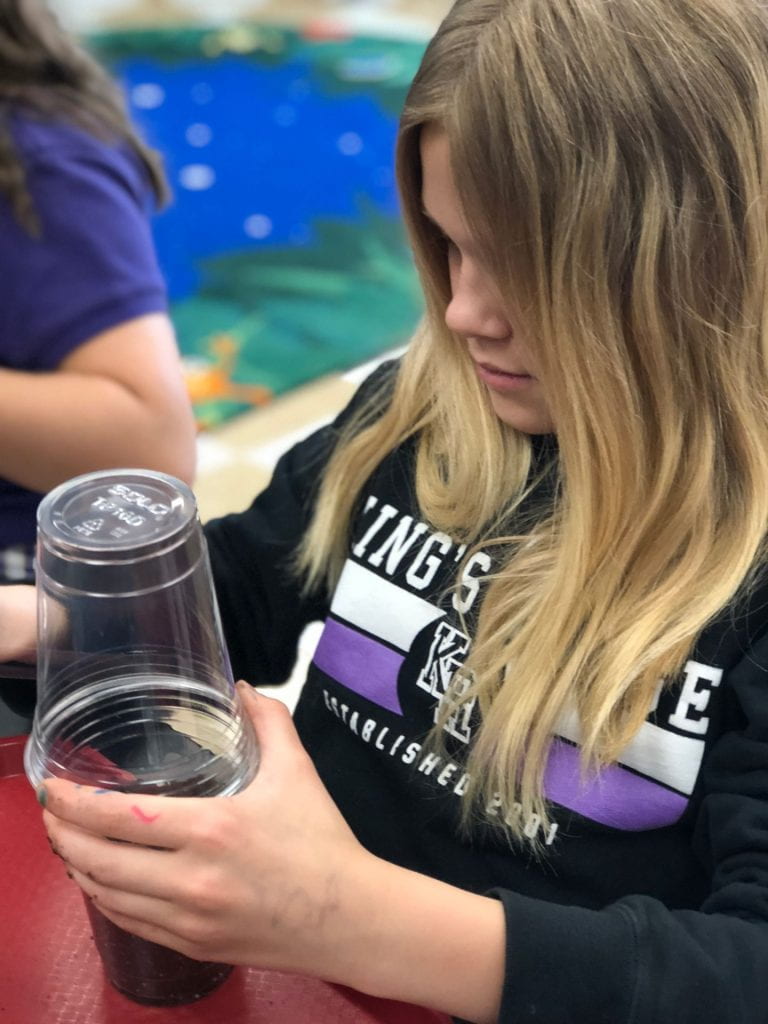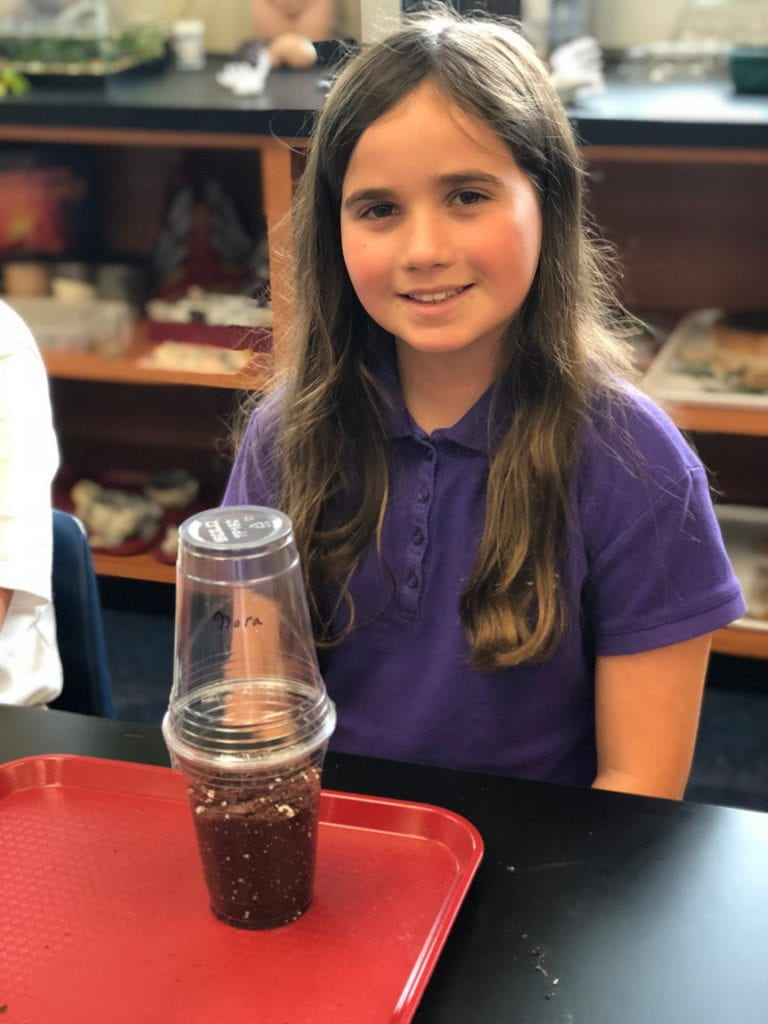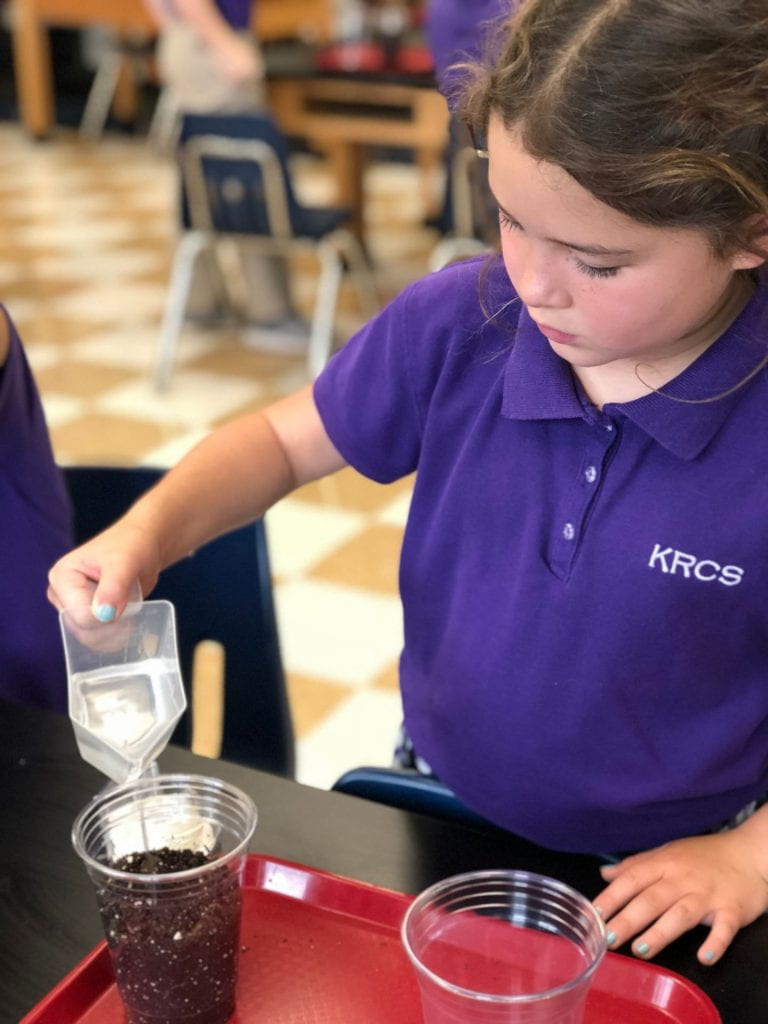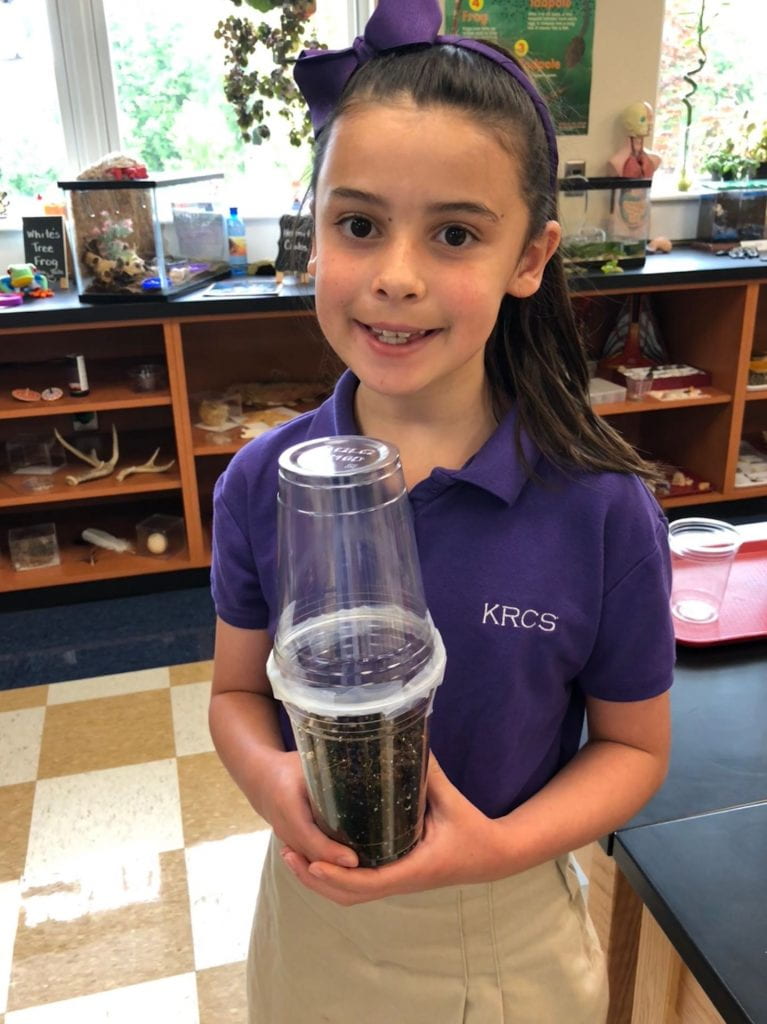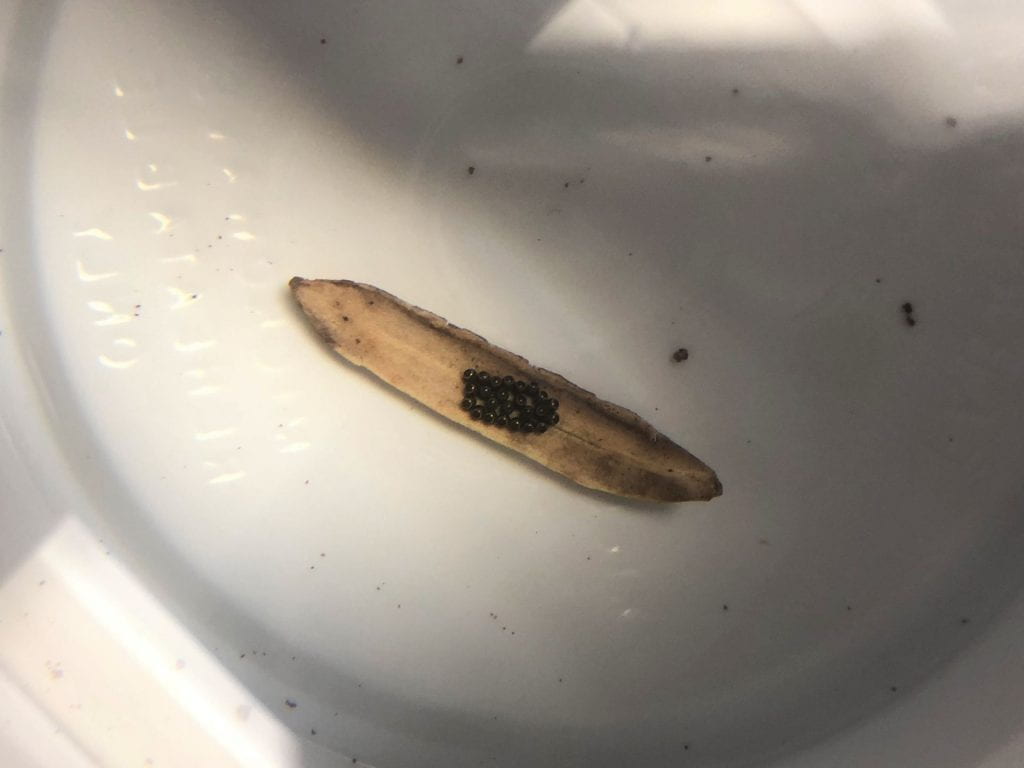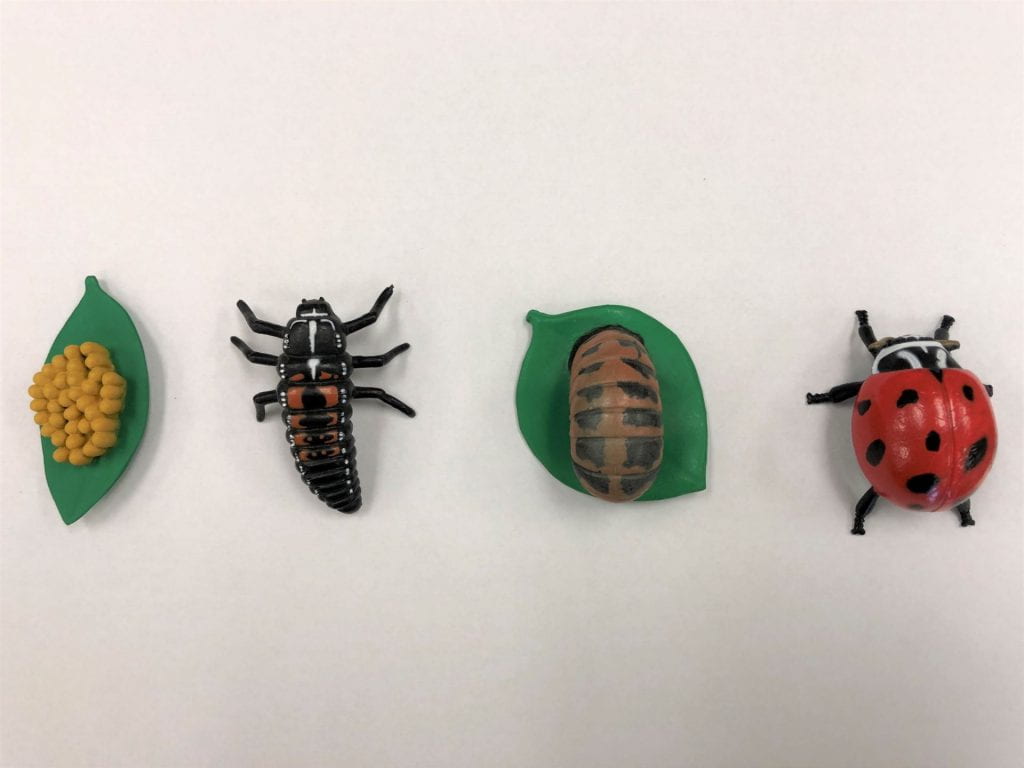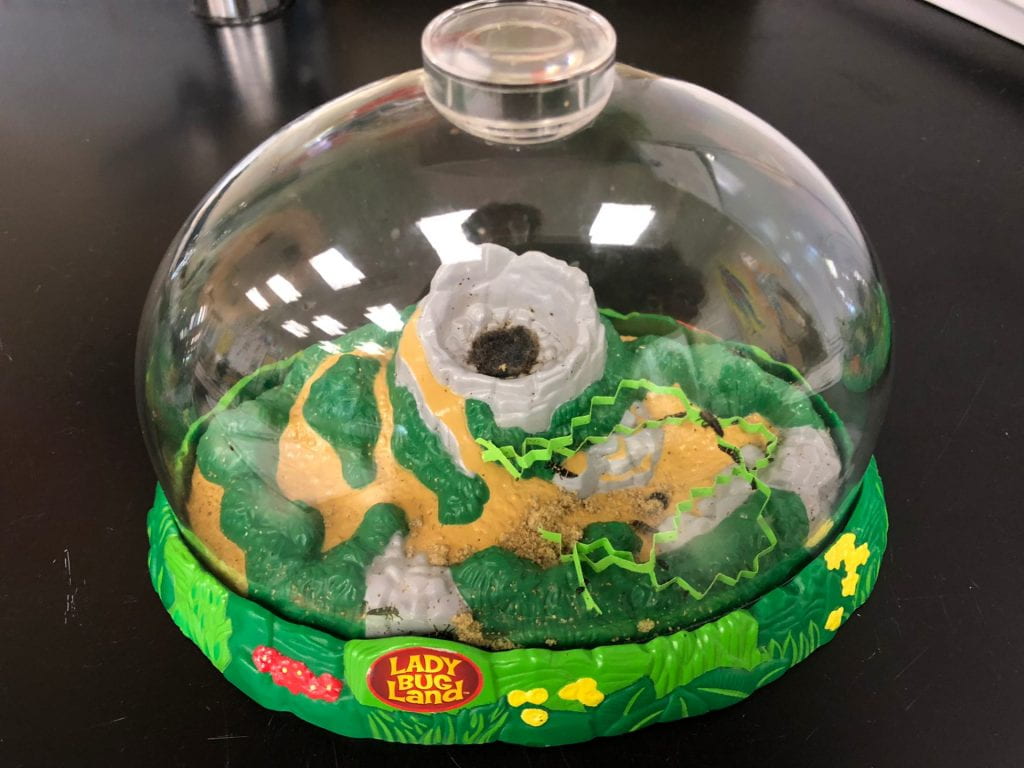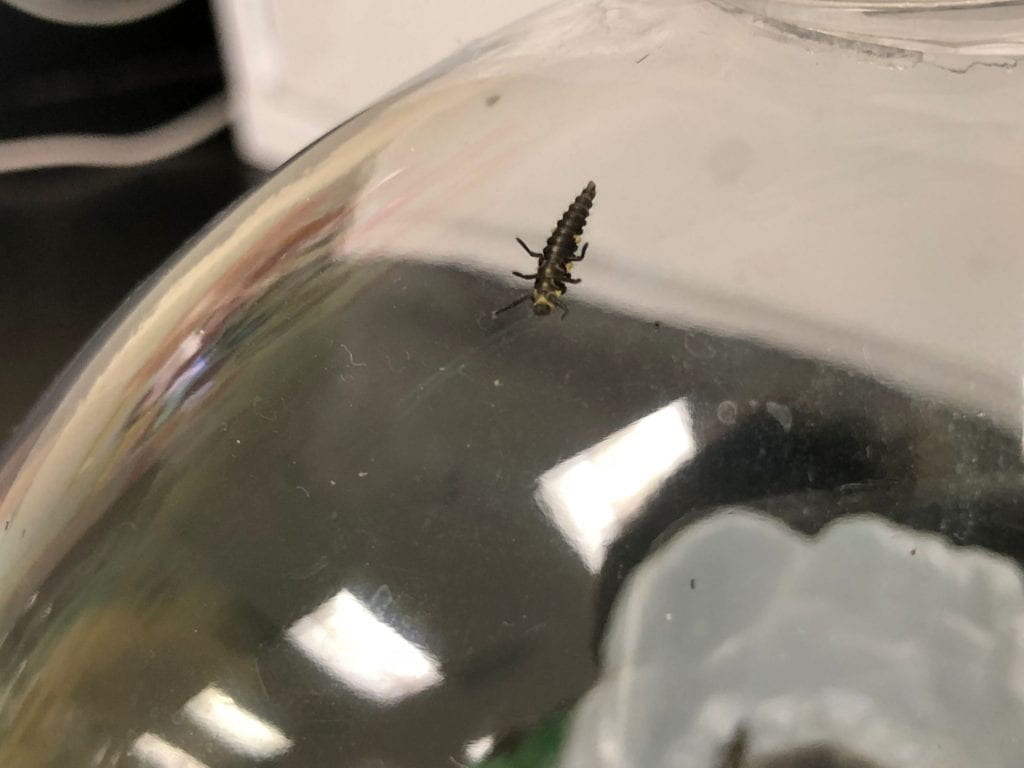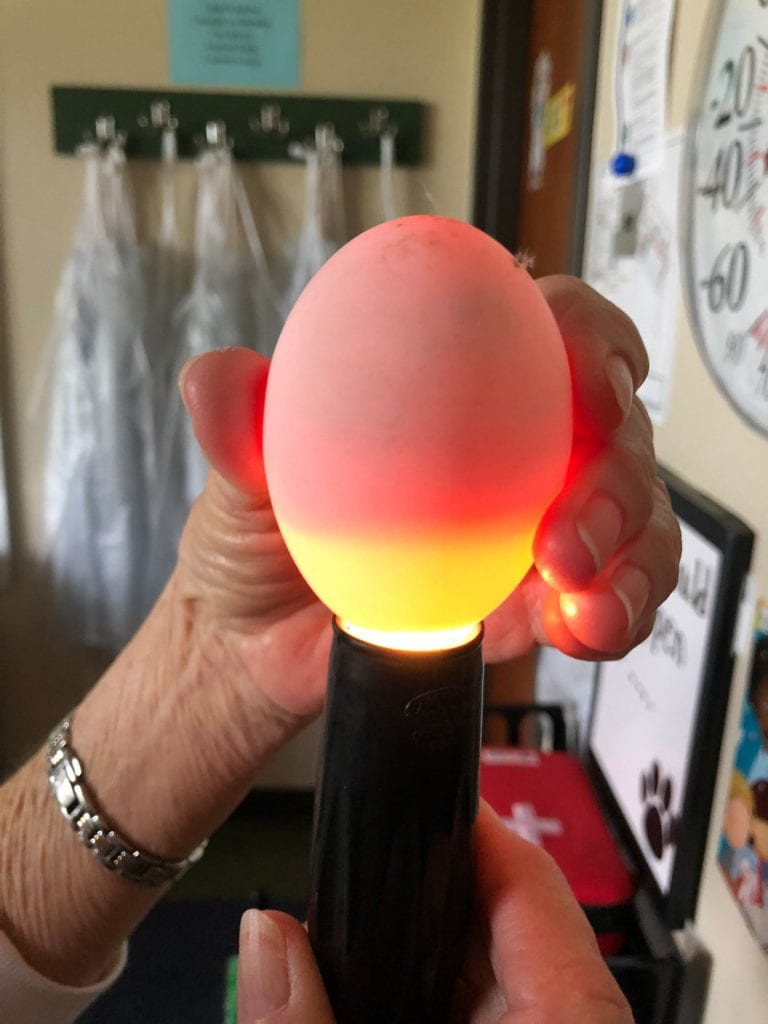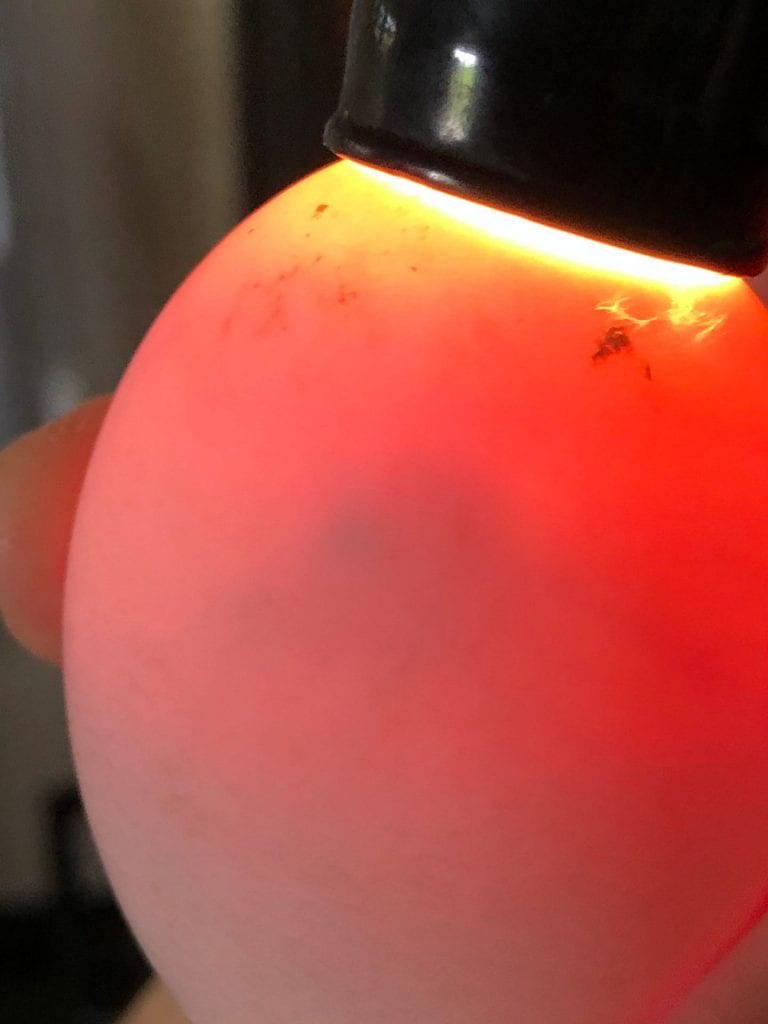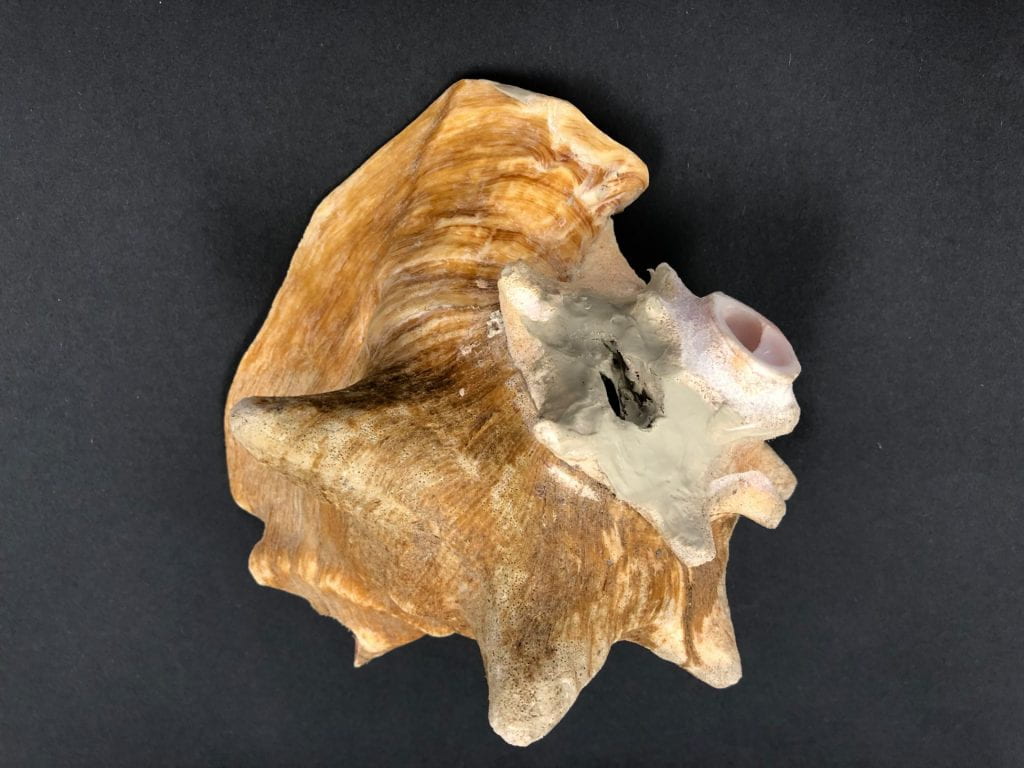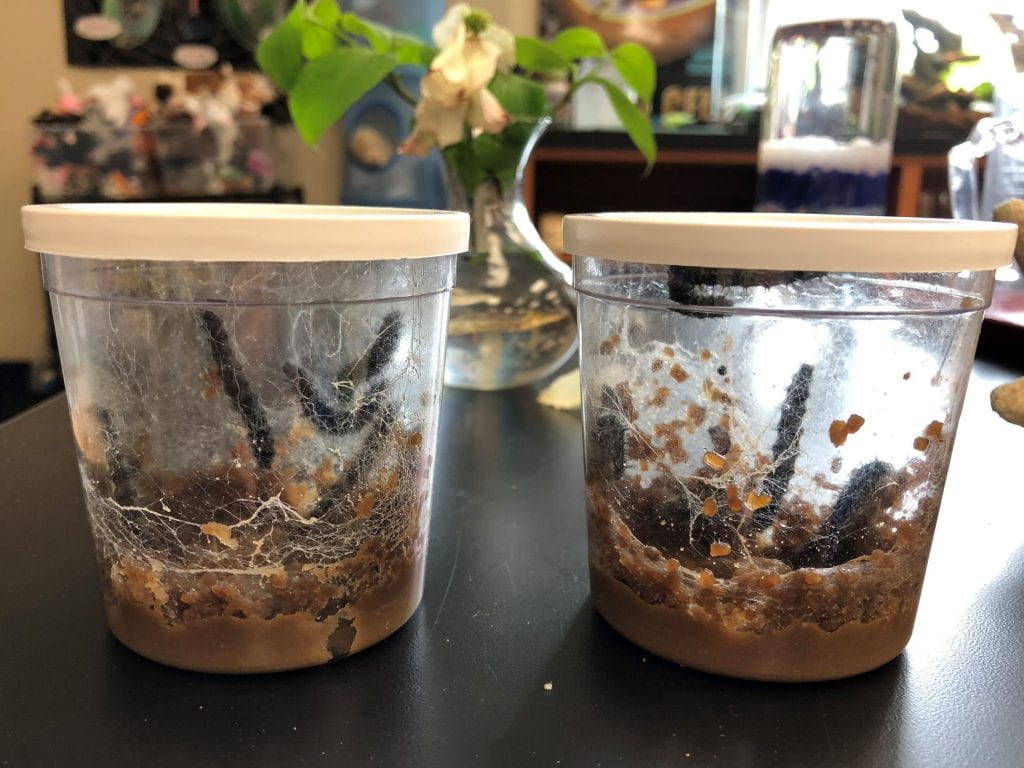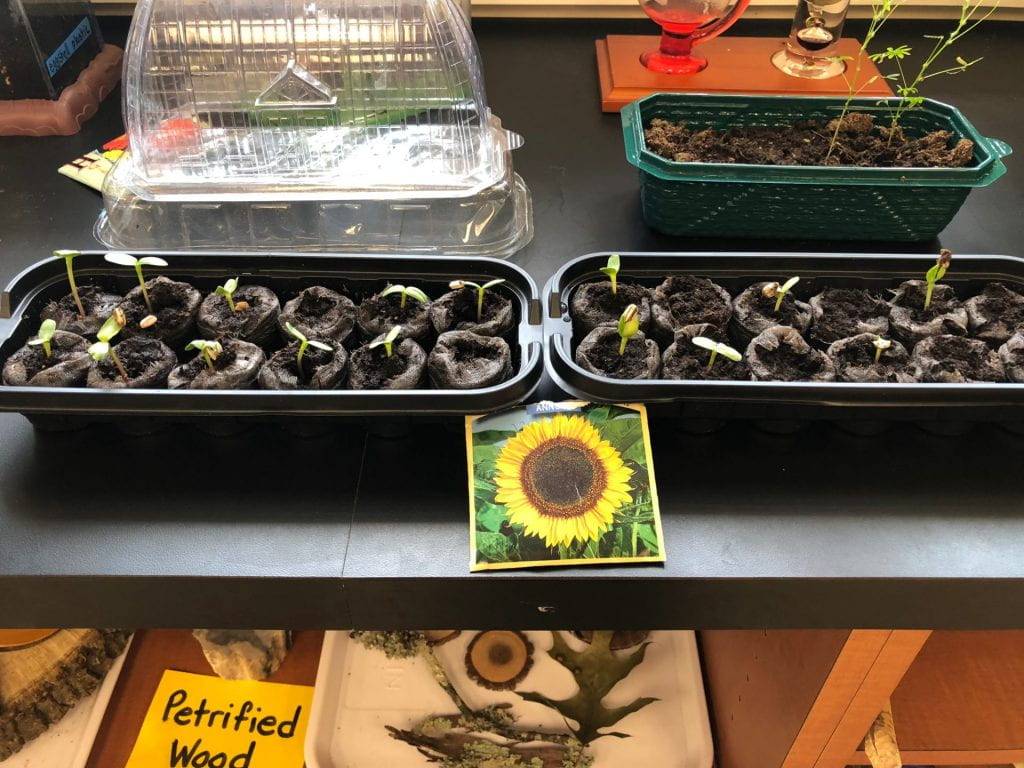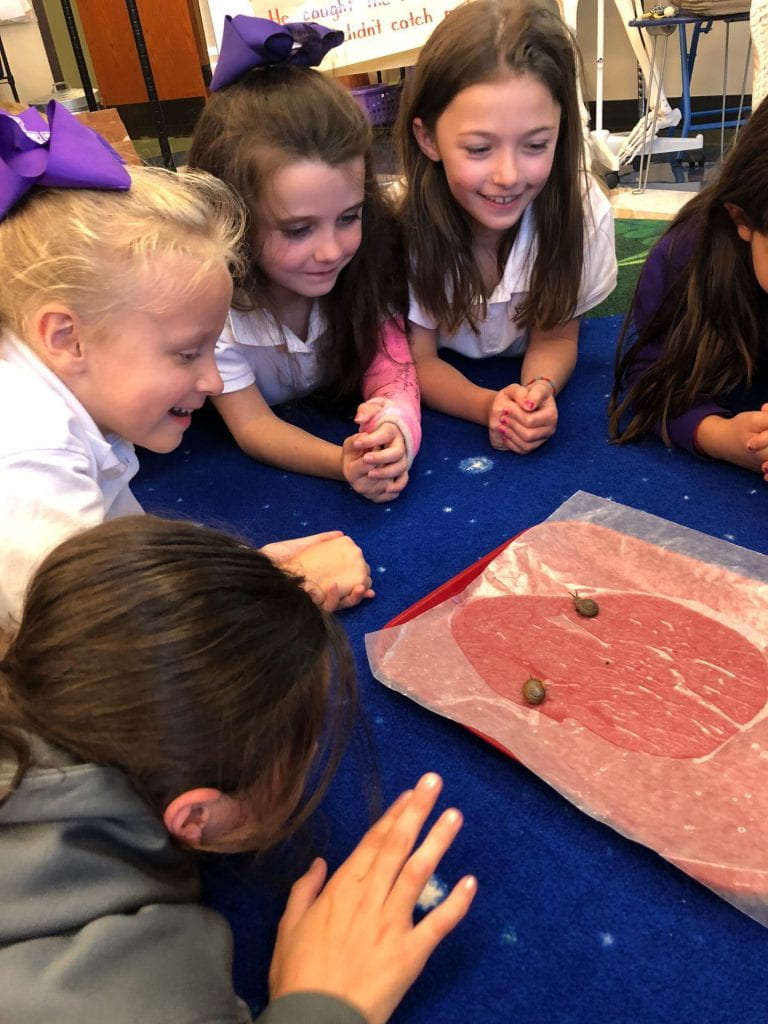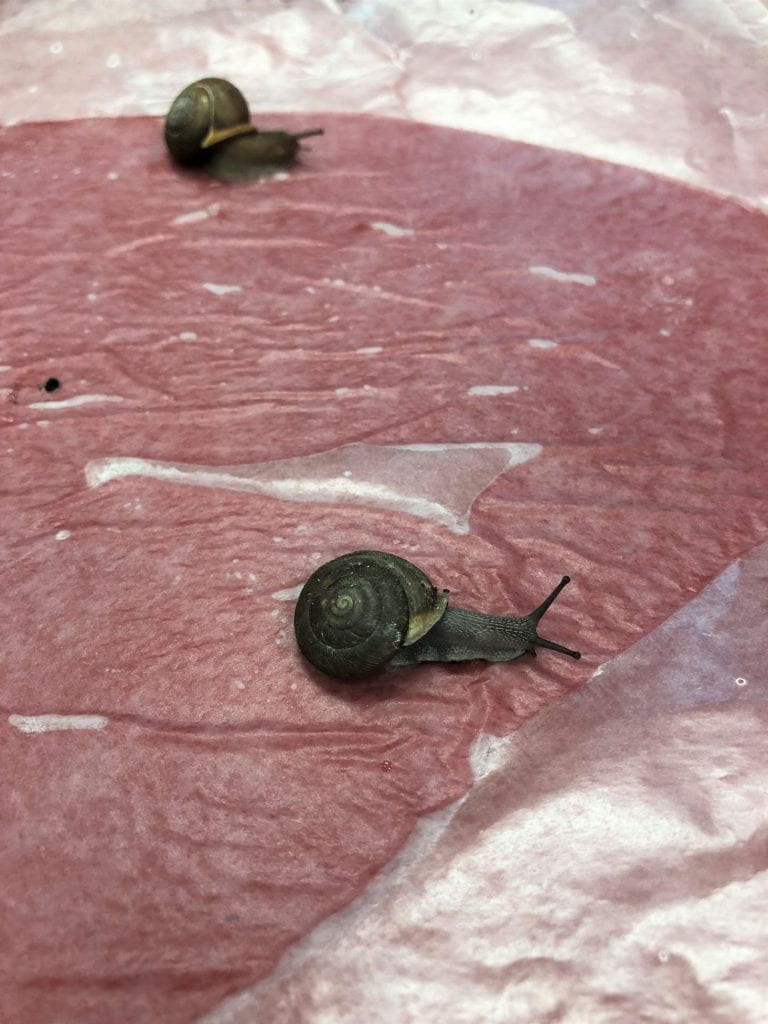The magical refilling bottle demonstrates the power of air pressure. To see it in action, click here.
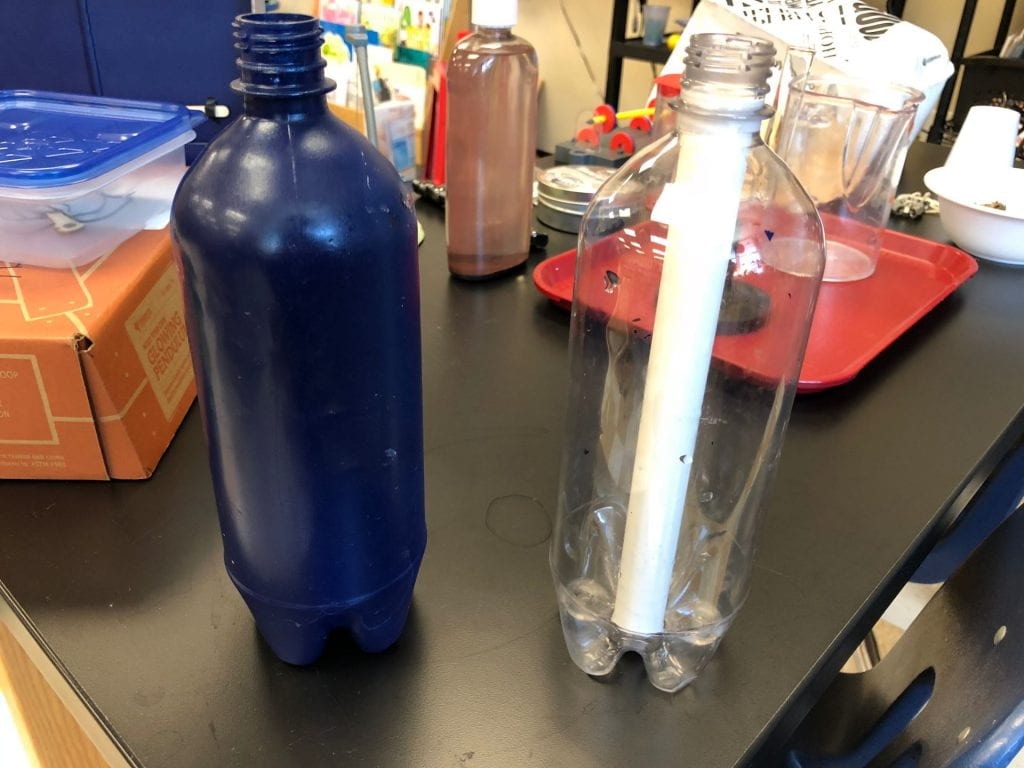
In another demonstration of air pressure, I punctured a hole in a water bottle and when I opened the cap, water came out of the hole, but when the cap was closed, the water stopped flowing from the hole. Why?


I tried to blow up a balloon inside a bottle but was unsuccessful. However, when I removed my finger from the hole in the side of the bottle, I was able to blow up the balloon successfully. It was all about air pressure again. Then my first grade scientists tried to blow up balloons with and without their fingers over the holes. For more information, click here.
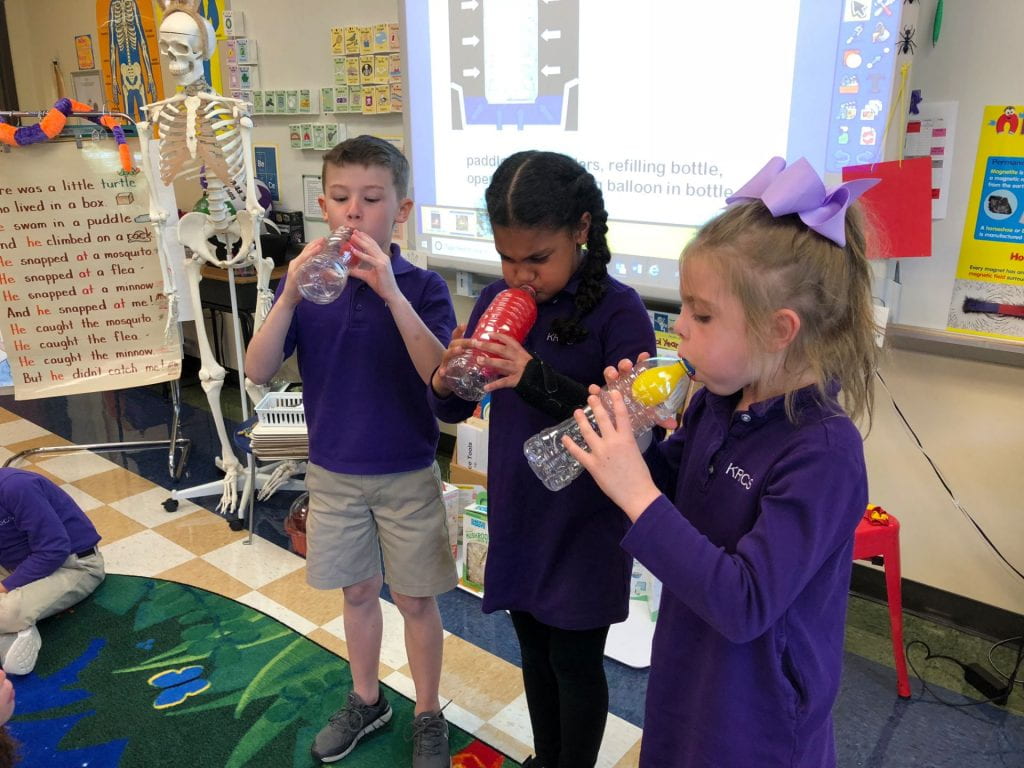
Whew, we weren’t finished yet! I held up a cup and asked what was in it? I explained that air is everywhere, so a cup is never empty. I plunged the cup directly into a tank of water and then when I turned it sideways, we watched the air escape. I glued tissues into the top of various sizes of paper cups. I plunged them directly down into the water and when I lifted them straight up, the tissues were still dry. Why? Finally, I placed a piece of cardstock over a mason jar filled with water. When I flipped the jar over, the paper kept the water from spilling out. Air pressure pushing up on the paper kept it in place. But wait, I repeated the process, but this time, I removed the paper. Why didn’t the water fall out? I revealed that I had placed a screen in the lid of the jar which again demonstrated the concept of cohesion and adhesion. Click here to learn more.
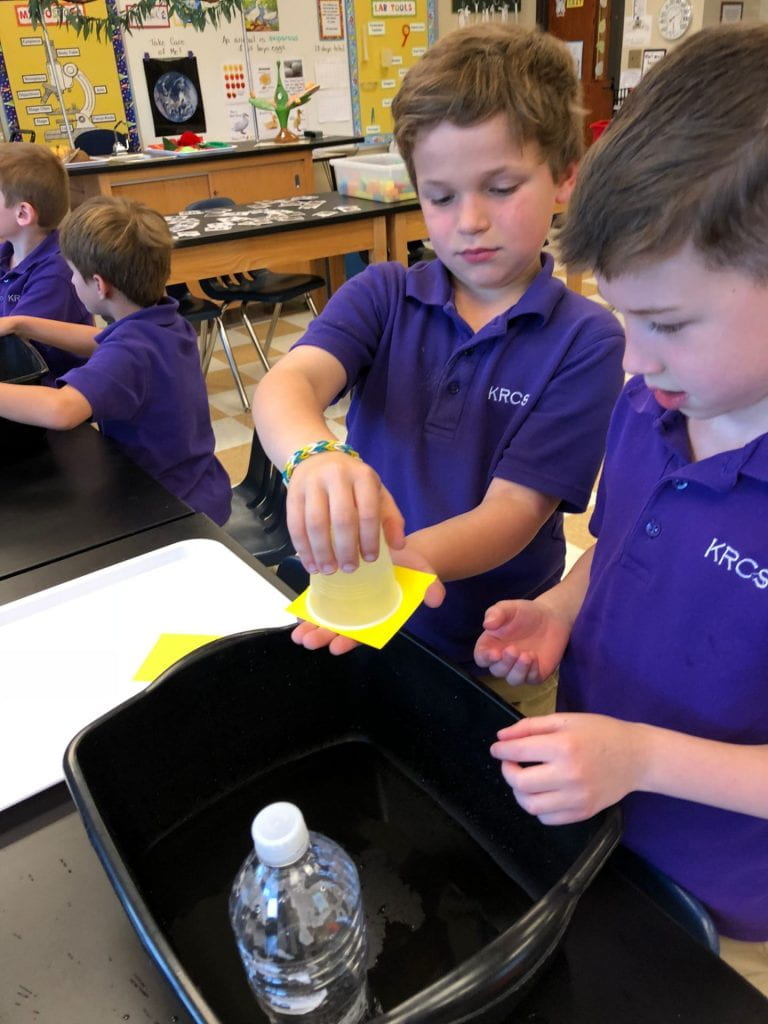
Many of these investigations you can repeat at home. Have fun!
